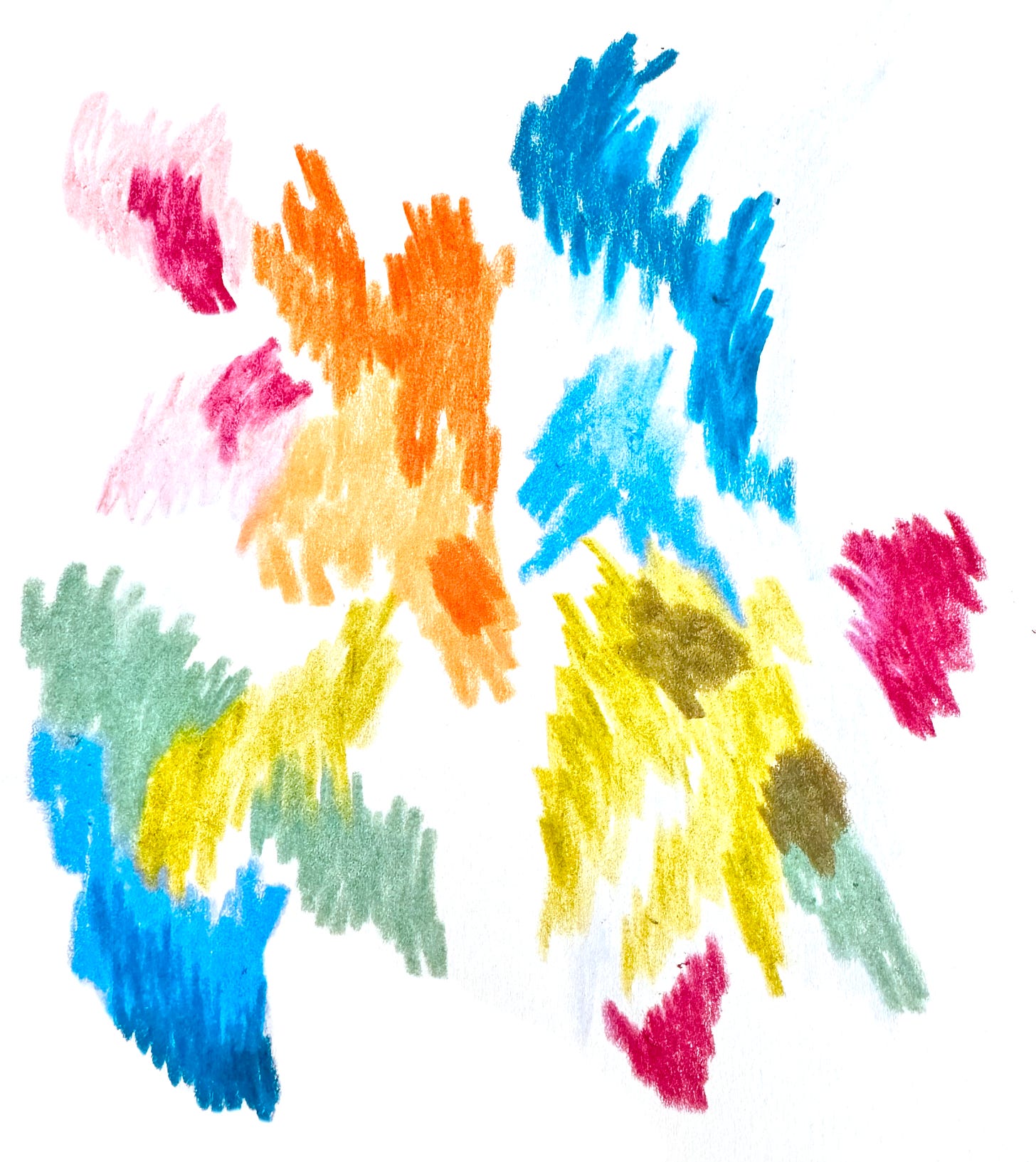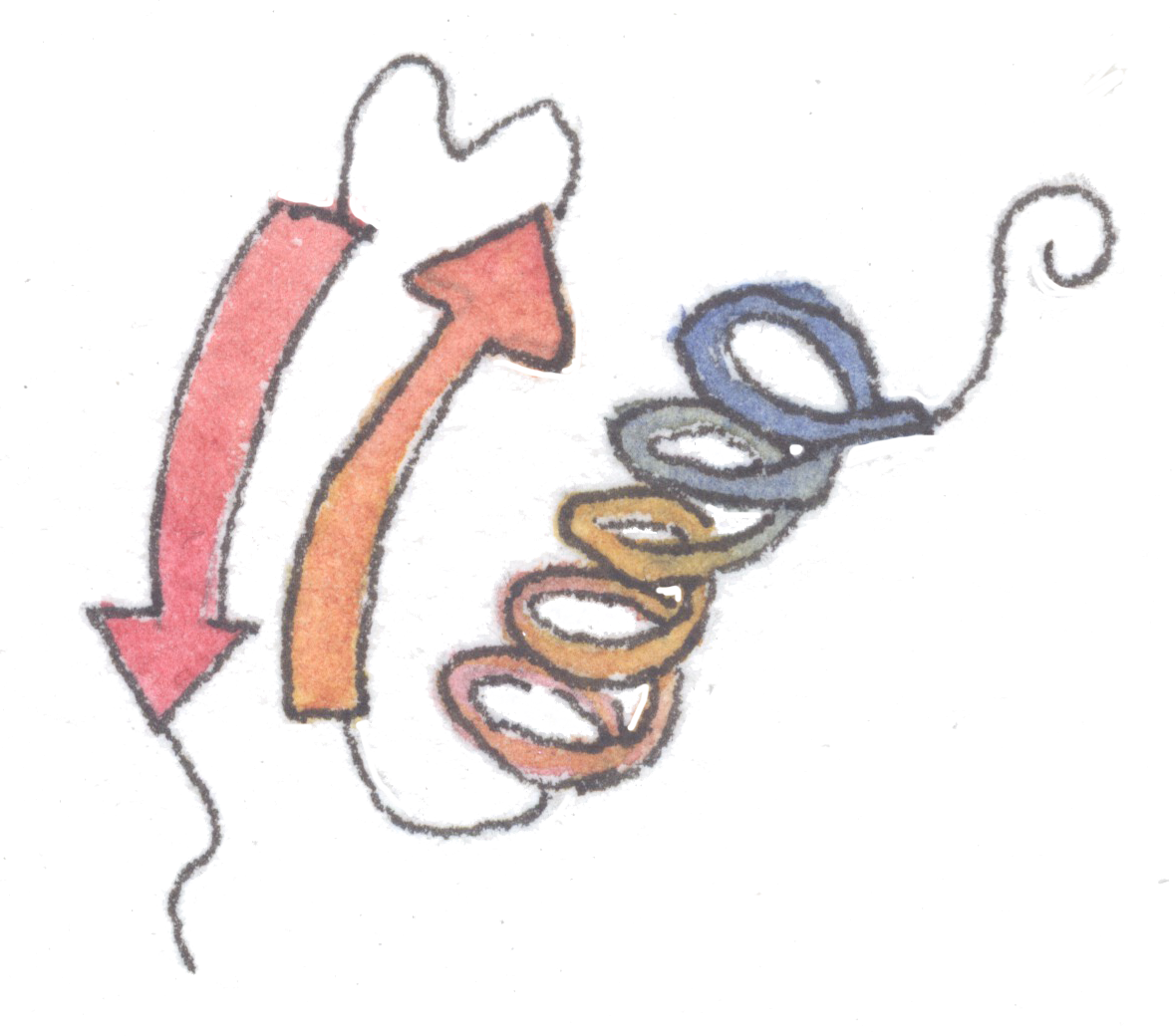Exploring art through a scientific lens
Where a scientist navigates the art world, bridging creativity and research with a curious lens.
Being a scientist
Since I was a kid, I’ve always been curious about science. I was probably already a scientist at heart, and that curiosity only solidified over time through school and grad school. Eventually, calling myself a "scientist" became something normal. Funny enough, my first job title out of grad school was “Scientist,” which ended up validating the whole concept of who I was. So, I could say confidently: Yes, I’m a scientist.
But that’s not the whole story. When I was young, I had a brief period where I wanted to become a graphic designer. Even then, my interest in science never went away. I made and drew my own business and greeting cards as part of my imaginary design business. Despite this early love for art, by the time I reached middle school and discovered chemistry and biology, the idea of becoming a scientist took over completely—because, in my mind, it was the coolest thing to learn!
Exploring Art: Am I an artist?
Fast-forward to 2012, when I moved to the U.S., life as I knew it in Mexico was no longer the same, and I found myself searching for a creative outlet. I explored various crafts, bouncing between projects, and I couldn’t resist buying specialty tools and supplies from American stores. I think, at some point, I was buying more supplies than doing actual work. In the end, my projects were always short-lived. Nothing stuck—until late 2014, when I decided to make my own holiday cards. I thought I was saving money, but of course, I spent more on supplies than I would have on store-bought cards! (We’ve all been there) That small project introduced me to watercolors, and by 2015, I was so captivated that I challenged myself to create a miniature watercolor painting every day for a year.
That was a turning point. Not only did I gain artistic skills, but it marked the beginning of my deeper exploration of art. Since then, I’ve been painting and experimenting with various forms, from watercolor to embroidery and bookmaking.
Yet, when someone asks me, “Are you an artist?” I often stumble. Sure, I create art, but the label “artist” feels strange, like a costume that doesn’t quite fit. I think it’s a classic case of imposter syndrome. While I’m confident calling myself a scientist, I hesitate when it comes to saying, “I’m an artist.” Why? Because I don’t have a single, cohesive style. I’m not even sure how to describe my work—my projects range from botanical illustrations to science-driven explorations to cultural expressions about Mexico.
So, what do I say when someone asks about my art? Do I paint? Yes, sometimes. Do I make artist books? Yes, I’ve started doing that, but I’m not yet prolific. Do I embroider? Well, occasionally. Perhaps “mixed media artist” is the term I should use. It’s a constant struggle to define myself, especially when the next inevitable question is, “What’s your focus?”I feel scattered: botany, science, culture. But in my mind, it all fits together. Every project is connected, even if it seems chaotic from the outside.
Maybe this hesitancy comes from my scientific background. As a structural biologist, I’m used to capturing the invisible: what determines the shape of a protein or how it functions. Analyzing structures involves a whole story of evolution, roles in biology, and so much more. My motto is that every structure has a story to tell. Then, transitioning to art, I often realize that I am not leaving science behind—I am bringing it with me, translating those forms into new expressions. The only difference? Art is not only about facts; it’s also about what those facts and ideas evoke, making communicating them much more complex.

Bridging scientific perspective with artistic creativity: Context is everything
I’ve found that some of my ideas require a whole lot of context. The connection between a visual abstraction and its scientific inspiration isn’t always obvious. Take, for example, a series of carefully selected botanical illustrations connected through their molecular entities dictated by evolution (see more here). To me, this represents the connectivity of the simple with the complex. Yet, without background, viewers struggle to understand what they are looking at or why it matters. This is why I write this blog.
This past weekend, I attended a concert where the singer described each song’s meaning and context before performing it. Knowing the stories behind the songs made the music more intimate and powerful, like getting to know a friend better. It struck me that context shapes our appreciation of art and music. Without it, my work might seem scattered or obscure, but with it, I hope to reveal the hidden connections that tie everything together.
For me, context transforms art from a collection of shapes and colors into a narrative. I want you to experience that transformation—to see through my eyes, both as a scientist and as an artist. Ultimately, everything I create, no matter how chaotic it might seem, is carefully connected inside my high entropic world.
I see this space as a bridge. A place where I can blend my scientific perspective with creative expression, offering you the story behind each piece. It’s about understanding the why and the how. Instead of condensing my creative identity into a few words, I want to offer you the complete picture. Some posts will focus on individual projects, breaking down the science that inspired the art and the process that brought it to life. Others will be more thematic, exploring broader questions like how to visually communicate complex ideas or the surprising parallels between research and creativity. Expect a mix of personal reflections, research, and artistic experiments that might make you rethink the way science and art interact with each other.

